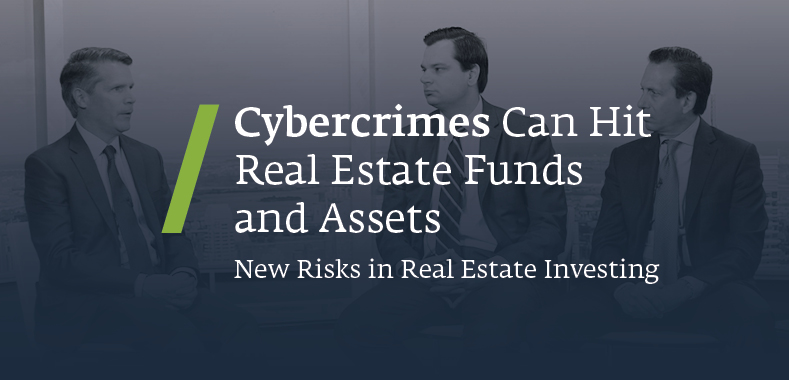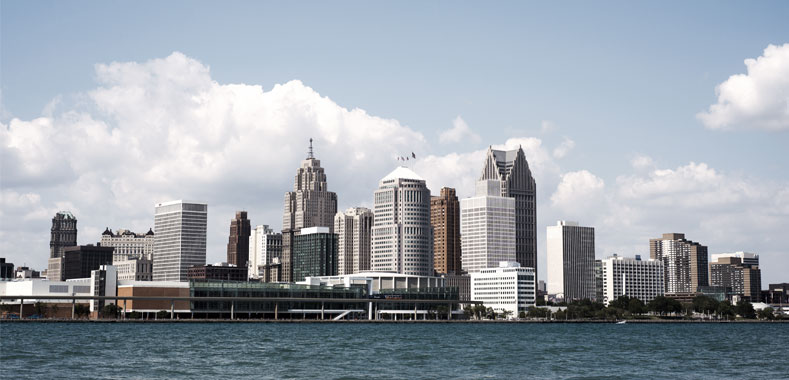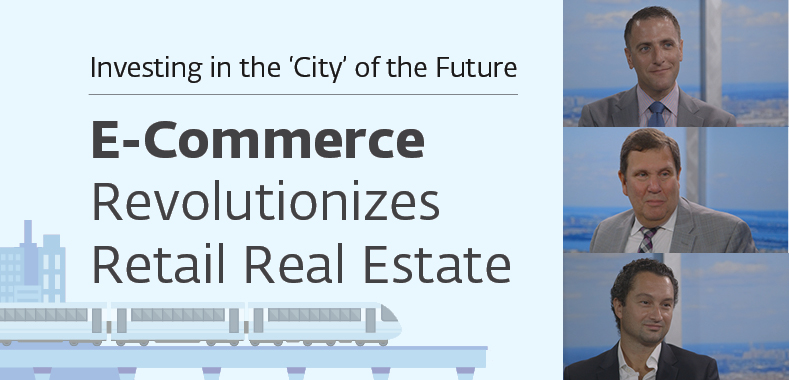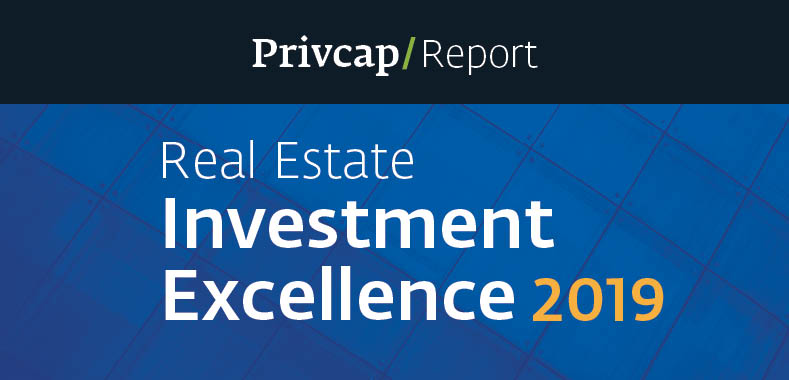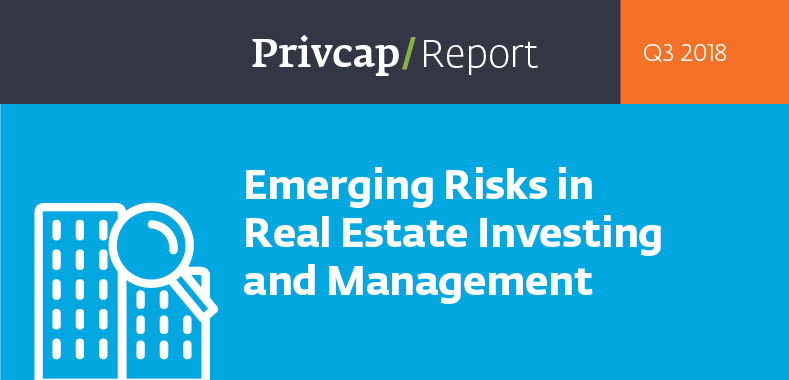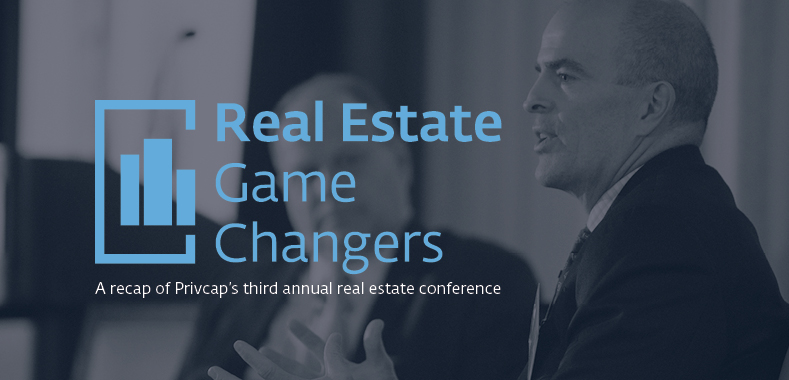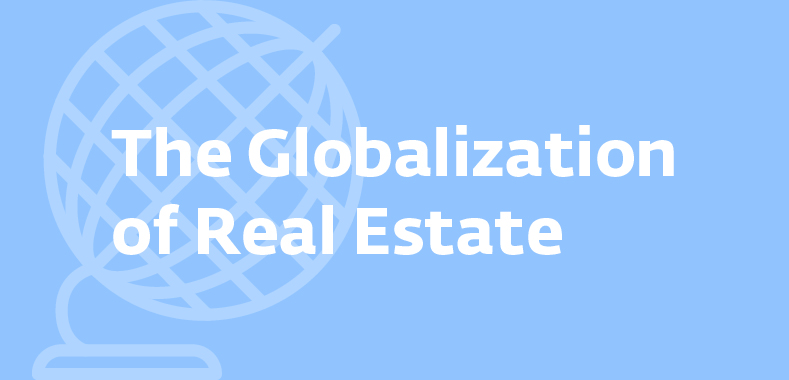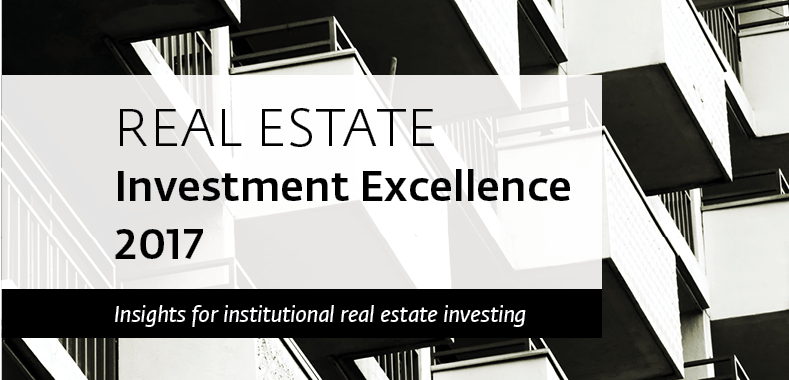Investing in a Radically Changing Industrial Landscape
With Michael Brennan of Brennan Investment Group
Privcap: Industrial real estate discussions often focus on e-commerce—Amazon distribution centers, last mile, those little brown packages landing on your doorstep. They’re important issues, but when it comes to industrial, we’re actually missing quite a big part of the equation, which is the manufacturing base. So, Mike, define what we mean when talking about industrial.
Michael Brennan, Brennan Investment Group LLC: There’s about 30 billion square feet in the United States. A little over 60 percent of that is manufacturing. It’s the largest industrial facility type in the supply chain, so it’s really big. And it was only in 2010 that China surpassed the U.S. as having a larger manufacturing output.

Brennan Investment Group LLC
Historically, it was tough to buy manufacturing, because the credo on the corporates was “Own your manufacturing building and lease your distribution building.” Thus, it was pretty difficult to get a meaningful critical mass of an industrial.
You hear the headlines. Manufacturing is in decline in the U.S. The number of manufacturing jobs, the share of GDP—how can you consider manufacturing as a growth area for investment?
Brennan: For the story of U.S. manufacturing, we have to go through China. But if anyone’s been in the business as long as I have, or been from Chicago, China is nothing more or less than the phenomenon of migration out of low-cost areas. That’s been the case since the 1800s.
Growing up in Chicago, you’d see people leave. You’d see them go to Kentucky and Tennessee, where they had no unions. Then, when the unions came down there, the wages would rise, they would go to Mexico. And then when Mexico got too expensive, they all went over to Southeast Asia, especially China.
So China’s pre-eminence in manufacturing is just the classical application of their comparative advantage of low cost. It’s not logistical advantage. It’s not technological advantage. It’s low or no regulation, low labor costs, and so forth.
What’s happening to China, and the story of the resurgence of American manufacturers, is based on a few things. The first one is that wages in China are rising.
The second thing is that a rising middle class in China means that the contract manufacturer has other options to sell his capacity to. Number three is probably underappreciated—it’s that natural gas, which is an important cost for manufacturers, is one-third cheaper here than it is in Asia. Another thing—sort of the new manufacturing theme—is that we’re going from mass production to mass customization.
So we want things faster, we want them the way we like them, and by God, it takes a long time to get things over to China. If you’ve ever seen the port delays and so forth, you know that if there was something we could do to get our stuff manufactured in the U.S., that would be better.
The last is robotics and automation, which is huge today. The Economist magazine has probably written 20 issues about robotics and automation, and 15 have been their cover story.
Are you saying, then, that the rise of robotics and automation is actually bringing back the U.S. manufacturing base?
Brennan: Right. The rise of American manufacturing has to do with the relative erosion of the comparative advantage and low cost that China has. Now, there’s a capital cost to that, but having robots and automation do those things is one of five things that have eroded the comparative advantage of China.
How does that actually increase the demand for the real estate? Are firms still scaling back in terms of how much space they actually need? Where is the growth actually coming from?
Brennan: About 350 American manufacturing companies have re-shored back on American soil, largely because the cost differentiation between the U.S. and China was gone. If business was better and they needed to make $200 million in plant and equipment, they would think twice about putting it in China. So positive absorption in the industrial space has been about 30 percent higher than it has been on the distribution space.
You talked about customization. One of the things that I thought was very interesting is the need for speed. This is not just businesses to consumers, but also business to business. Does that have an impact on industrial? Do you actually need space to keep your inventory for your customers? Is that having an impact in terms of your clients and your portfolio?
Brennan: Yes, it is. The inventory to sales levels are more elevated because they want their stocks to be replenished, whether it’s business to business or consumer. So I think that that’s true.
It’s a political thing, too. The implications of the need for speed, and the labor that’s required for [technologically advanced manufacturing], is that it will make us more urbanized. We had a lot of manufacturing in the U.S. being driven out into the peripheries because of lower cost. Now, if you need technological workers and you need to be closer to the consumption zone, you’ll push it back in again.
I do want to touch on logistics, because obviously that is still an important part. As we see online retail really growing, do you envision more large regional distribution centers? Are we going to see more last mile? What type of industrial assets on the logistics side do you see?
Brennan: The e-commerce fulfillment buildings are different from cross-dock palletized shipment, because you’ve got big stuff coming in on one side, and then you’ve got parcel shipping on the other. That’d be your classic e-fulfillment building. The stock we have today needs to be modified or built differently. Then, if you see Amazon, they have a lot more people working there, so they need more parking and they need a lot more land. That’s one thing.
The other thing is that most good logistics warehouse managers can make an e-fulfillment business out of a front-loaded or cross-dock industrial building. It’s not perfect, but they can get by. The problem is, one of the reasons we haven’t seen anything yet is that the logistical infrastructure required to do e-fulfillment is more significant than we would imagine. It takes reverse logistics. It takes a whole coordination of less-than-truckload, full-truckload, partial-shipment mechanized equipment inside, and people that know how to own and operate it.
Remember that the palletized distribution business is almost all outsourced, and that’s not that complicated. If they’re going to outsource that, they’re sure as hell going to outsource e-fulfillment, right? Just what Walmart is doing now. But there’s just not that many people in that business yet, and it’s more complicated than you would think to get in there. So the requisite infrastructure to be able to handle all the retail demand for e-commerce isn’t in place yet. That’s a prerequisite in order to see e-commerce soar.
We built Amazon’s first e-fulfillment warehouse in McDonough, Georgia, in 1999. They were pretty sure that they had it down, so they took 800,000 square feet from us. I took my board of directors then and I said, “Gentlemen, you’re about to see the building of the future. Come take a look at what we’ve got.” We opened the door, and stuff was flying all over the place. They had this new piece of equipment and the CDs and books at the time. They didn’t know how to work the equipment. People were walking out with stuff.
I mean, OK, it’s 1999. It’s not 2017. But Amazon had been at it 15 years. They were ready for this. They had specialists, new special equipment from Germany. If they didn’t know how to do it, how the hell do you think that it’s going to be easy for every other retailer to be able to handle that?
Michael Brennan of Brennan Investment Group LLC surveys the dramatic changes in industrial investing in the U.S. and abroad, and the growing importance of technology and automation.



